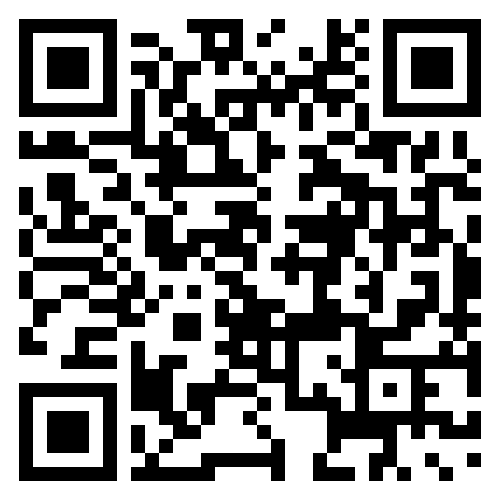Brief description about Foot and Mouth disease
Foot and Mouth disease is an acute, highly contagious disease of cloven-footed animals like cattle, buffalo, sheep goat, pig etc. It is caused by Aptho virus of Picorna viridae family. It is transboundary animal disease that transmit from one animal to others via direct contact with infected animals, their fomites, contaminated feed and water. The virus is hardy as it remains longer time in normal environmental conditions. It may cause up to 100% morbidity susceptible spps . Mortality rate is somewhat fewer native breeds than exotic. Death occurs mainly in young animals due to myocarditis.
Clinical Signs
1. High fever (104°c-106°c), excessive salivation, lameness.
2. Decreased milk production in lactating animals.
3. Vesicles appears on buccal cavity, tongue, interdigital spaces, and teats.
4. The pregnant animals may abort, high mortality in young animals.
Transmission
1. Movement of infected Animals and animals’ products is major cause of disease transmission. In Nepalese conditions uncontrolled animal movement, rotational grazing on common pasture land aid in the disease transmission.
2. Mechanical transmission by the movements of humans from infected farm to others (veterinarian, farmers and technicians. The contaminated cloths, boots, hands act as source of disease to susceptible animals so personal protective equipment (PPE) must be worn and disinfected by 0.2% citric acid or other effective disinfecting agents.
Species wise clinical signs
Cattle/Buffalo
Day 1: Fluid filled vesicles appear in gums, lips and tongue, excessive salivation, fever (104 to 106), changes in motion.
Day 2 & 3: The vesicles may burst; the ulcerative epithelium appears white and pale. The inner thick adhesive layer appears red.
Day 4& 5: The vesicular area degenerate and disappear, the yellowish fibrin deposited in affected area.
Day 6 & 7: The wound reach to a state of regeneration.
Day 8, 9 and 10: The wound on mouth and tongue as almost about to heal.
Sheep and Goat
Day 1: The lesion appears in mouth and interdigital space, lameness, fever, drowsiness. The signs appear in mild form.
Day 2: The wound on lower and upper jaw gets detached and appear red.
Day 3: Loss of hair around leg, slight reddish color appears. Its reaches to a state of healing.
Day 5 and 6: The tongue and oral wound reaches to a state of healing. The pregnant ewe may abort.
Pig
Day 1: Fever appears initially, dullness, lameness, loss of appetite. reddish lesion appears in legs, swelling and hot at touch.
Day 2: The wound gets detached and blood may be seen at site.
Day 3:’ Changes in color of lesion from red to black and healing may occur.


